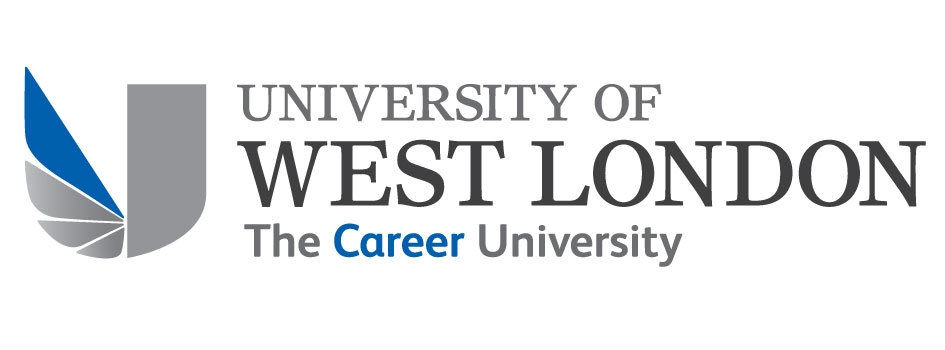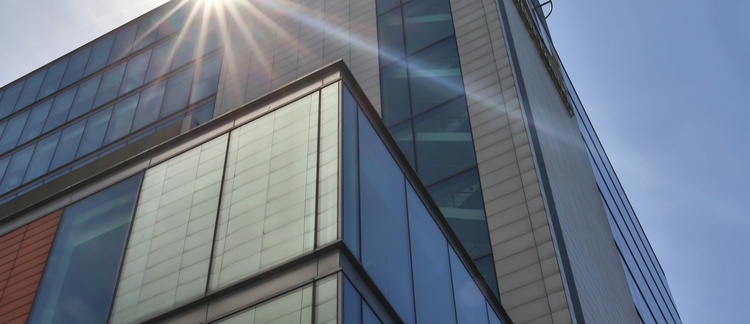Authenticity and authentication in music for media
Liane Silva
London College of Music
Supervisors:
Dr Tim Hughes
London College of Music
Professor David Osbon
London College of Music
Film music studies have focused widely on music’s functions in relation to a film’s narrative and the cinema auditorium itself. These functions can include: imitating, commenting, or evoking (Spottiswoode, 1950; Kracauer, 1997); synchronising with what is happening on-screen, or not (Eisenstein, 1949; Clair, 1953); empathising or reinforcing an on-screen emotion or theme, or not (Spottiswoode, 1950; Chion, 2019); creating new meaning through metaphorical concepts and interactions with the on-screen events (Cooke, 1998), and others. Meanwhile, popular music studies have also been concerned with function and meaning, as can be exemplified by Allan Moore’s ‘authenticity as authentication’ (2002). Moore proposes that an artist’s authenticity is not an inherent property of the artist, but rather an ascribed characteristic by their audience.
In this paper, I interrogate the two theoretical concepts of ‘suturing’ (drawn from the field of psychology, to explain music’s ability to simultaneously ‘world-build’ and draw audiences into a fictional on-screen world) and ‘anchorage’ (suggested by Barthes, 1977, to explain the way in which image captions can direct a viewer to certain parts of a message within an image, whilst ‘repressing’ others), to incorporate film music research into the mediums of television and videogames. I expand this discussion by bringing Moore’s authenticity into the field of media music studies, with the aim of reframing the theory and practice of music composition for media. By investigating media music composition in this way and connecting it with the composition practice, I propose a new and complementary way of thinking of music for media, to better understand the roles that music can play in different mediums, as well as how we as composers can harness these theories and conceptions to improve our own practice.

